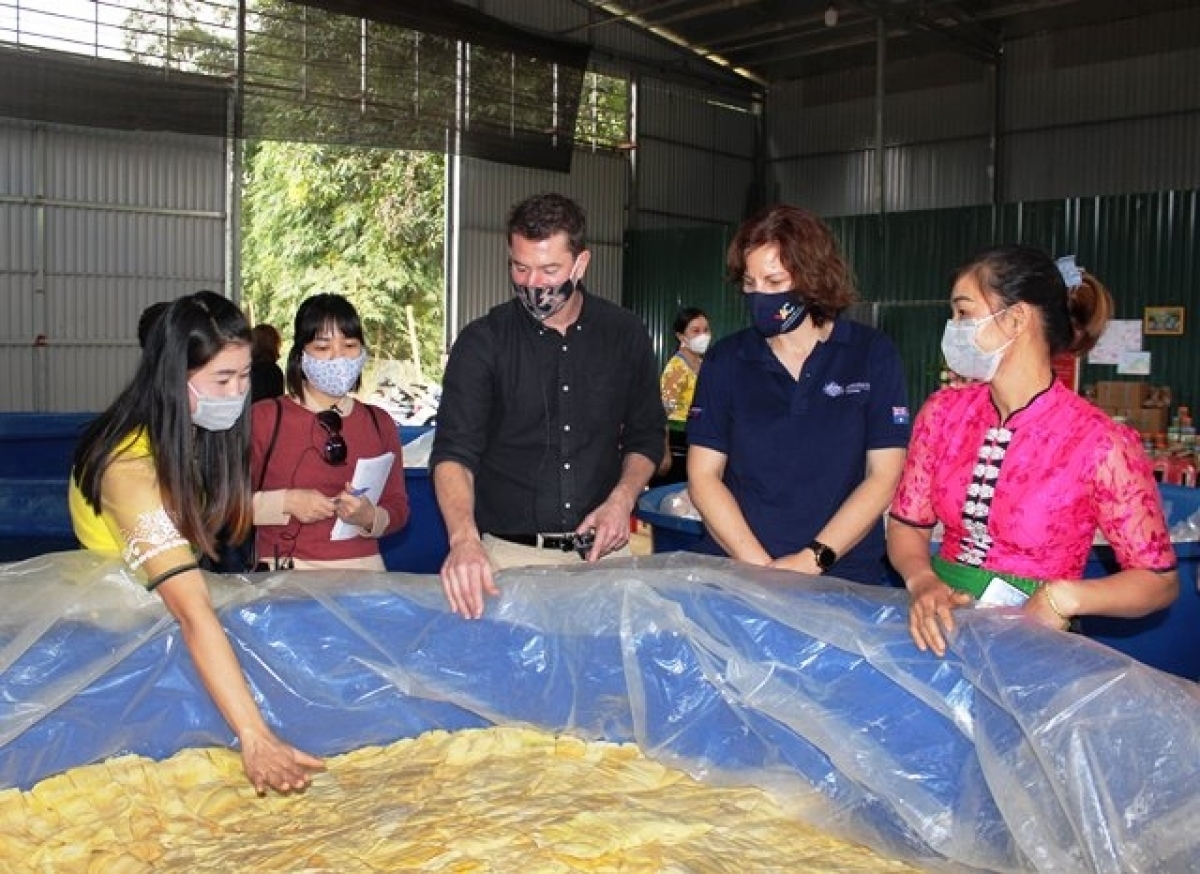How to maximize potential for Australian investment attraction
VOV.VN - Australia currently runs only 545 projects totally capitalized at around US$1.9 billion in Vietnam, with its investment level being far from matching both nations' full potential for trade and investment cooperation.

At present, Australian investors have injected a huge amount of money into the Vietnamese agricultural sector, said a representative from the Centre for WTO and economic integration under the Vietnam Chamber of Commerce and Industry (VCCI).
Possessing plenty of advantages in terms of high technology in agriculture, Australian businesses have contributed to improving the technology level of the Vietnamese agricultural industry by deploying a wide range of projects in order to raise the qualifications of farmers in localities nationwide.
Simon Pugh, president of the Australian Chamber of Commerce (AusCham), revealed that the Australian Government has formulated a scheme specifically for agricultural development in Vietnam, including several projects and initiatives, which aim to help improve the level of the local agricultural sector.
Australian businesses highly appreciate the Vietnamese market due to several favourable factors, including socio-political stability, an abundant workforce, and COVID-19 containment efforts, he said.
Australian firms also spoke highly of the openness of the Vietnamese economy, particularly as the country has signed 15 free trade agreements (FTAs) with 53 trade partners globally.
Most notably, new-generation FTAs such as the Comprehensive and Progressive Agreement for Trans-Pacific Partnership (CPTPP) and the Regional Comprehensive Economic Partnership (RCEP) are anticipated to create a wealth of opportunities for Australian investors when conducting business in the Vietnamese market.

According to Phung Thi Lan Phuong, head of FTA Office under the Center for WTO and Information Integration, Australia, one of the world's 15th largest countries with overseas investment, has injected money into only 545 projects capitalised at about US$1.9 billion in the nation.
In order to attract a greater number of Australian investors moving forward, experts underlined the need to deal with inadequacies in terms of the local business climate, the tax system, as well as a lack of a high-qualified workforce and limitations in the law enforcement or unfair competition practices.
Australian investors are very concerned about environmental protection procedures and other formalities, which have hindered local investment activities, Lan emphasized.


